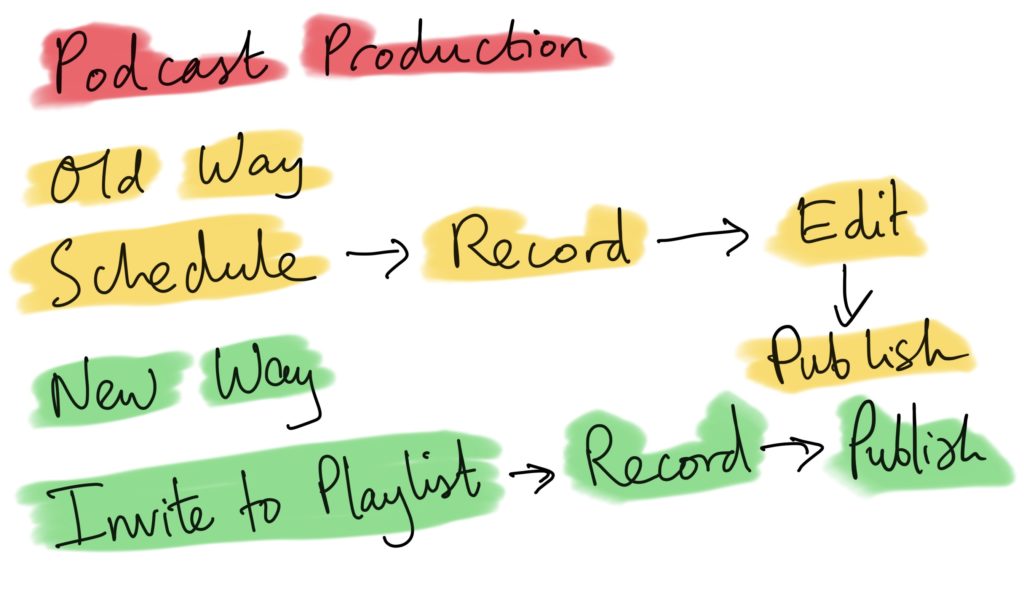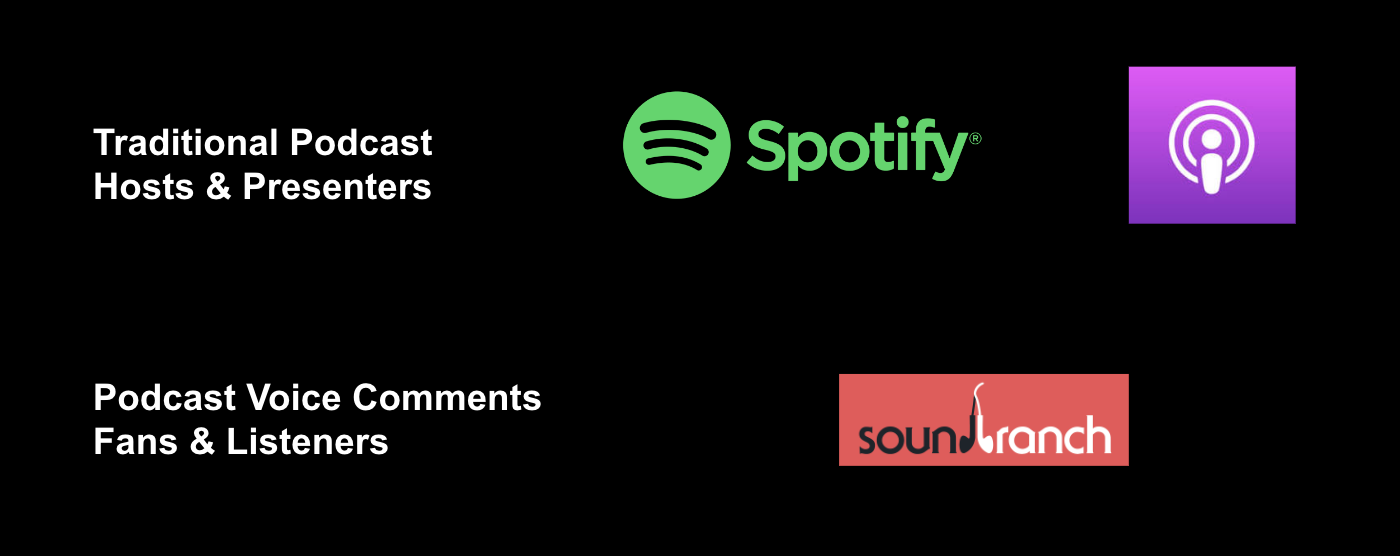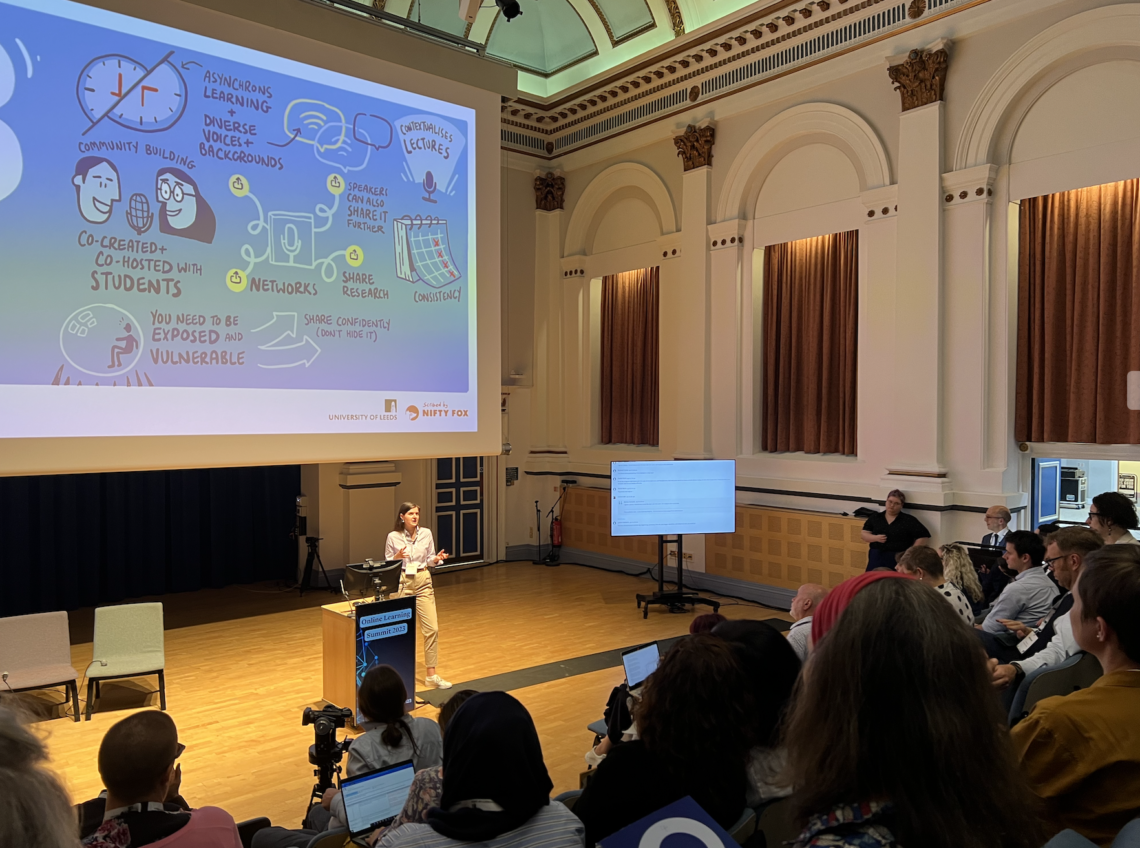In any large organization, miscommunication isn’t just an inconvenience—it can be a major source of inefficiency and disengagement. Consider this: a 2019 report by The Economist Intelligence Unit found that poor communication in the workplace led to increased stress (52% of respondents), missed deadlines (44%), and even loss of business (18%). If clarity is lacking at the top, it filters down, eroding the foundation of trust and cooperation that makes organizations work. This is where internal communications (comms) teams come in.
Why Internal Comms Teams Exist
Internal comms teams are the glue that holds organizational culture and operational coherence together. They’re responsible for aligning messaging across departments, ensuring that everyone—from the C-suite to front-line workers—understands the company’s objectives, priorities, and day-to-day happenings. Without them, silos form, confusion reigns, and strategic initiatives falter. Data from the 2020 State of Internal Communication Report reveals that 60% of internal comms professionals believe their role has become more essential due to the shift to remote work, with more companies realizing that maintaining a clear line of communication is no longer a nice-to-have, but a must-have.
But here’s the kicker: despite their importance, internal comms teams still struggle with engagement. According to a 2021 Gallup report, only 36% of employees report being engaged at work. Worse still, even in organizations with formalized internal communication strategies, just 45% of employees feel like they know what’s going on. In short, internal comms teams are doing their job—but they’re not winning the war.
The Tools of the Trade
Today, organizations rely on a variety of internal comms tools to bridge these gaps. Popular platforms include:
•Slack: With over 12 million daily active users, Slack is the poster child for team communication, with real-time messaging, channels for projects, and integrations galore. But the platform has a downside—conversation overload. Important messages get buried in a flood of memes and non-urgent chatter.
•Microsoft Teams: Another powerhouse, especially in enterprises, Teams offers seamless integration with Office 365. However, its reliance on written text for communication means nuances can get lost.
•Email: Still the most widely used tool, despite its many shortcomings. Studies show that the average worker spends 28% of their time managing email, with many emails going unread or misinterpreted.
These tools have their advantages, but they are not perfect. Written messages can be misinterpreted, important information can be missed, and clarity can easily fall through the cracks in the flood of messages. In a complex environment where everyone is competing for attention, internal comms teams are fighting an uphill battle.
Enter Sound Branch—a voice-first, voice-note communication platform that is quietly but significantly disrupting the internal comms landscape.
Why Sound Branch Is Different
Sound Branch stands apart because it leans into a simple but powerful truth: the human voice conveys more than words—it conveys emotion, emphasis, and intent. Voice notes cut through the noise, providing a direct, authentic connection that written communication struggles to replicate. They’re faster than typing out an email or crafting the perfect Slack message and avoid the cognitive load of reading long threads. This enables employees to engage with communication in a more natural, intuitive way.
Now, let’s dive into the stats.
•Communication speed: The average person speaks at about 125-150 words per minute, while they type at roughly 40 words per minute. Using voice notes through Sound Branch means that information can be shared and consumed in a fraction of the time it takes to type and read.
•Retention and engagement: Research from the University of Southern California shows that people are 40% more likely to retain information delivered via audio versus text. That’s because voice creates a more immersive experience, engaging listeners on multiple levels—tone, emotion, and inflection.
Sound Branch solves problems that traditional internal comms tools often exacerbate:
1. Alignment across teams: With voice notes, there’s less room for misinterpretation. Imagine a CEO sending out an email detailing a new strategic initiative. A lot can get lost between the lines: “Is this urgent?” “How important is this really?” Now imagine the same CEO sending out a voice note, where tone and emphasis make it crystal clear that this new strategy is a top priority. The sense of urgency, commitment, and excitement is immediately apparent.
2. Clarifying objectives and reducing ambiguity: The intonation in someone’s voice can reveal hesitation, conviction, or enthusiasm. This clarity helps teams align faster and eliminates the need for follow-up clarifications that are often necessary with text-based communication.
3. Eliminating written word fatigue: In the world of Slack and email overload, internal comms teams often face a tired audience. According to a 2020 Adobe survey, the average worker receives 121 emails a day. After processing that volume of information, it’s no wonder employees are disengaged. Voice notes from Sound Branch offer a refreshing alternative—quick, engaging, and to the point. Instead of reading yet another paragraph, employees can listen on the go, while multitasking, or during their commute.
4. Inclusivity and accessibility: Voice notes democratize communication. For employees with disabilities or language barriers, Sound Branch’s voice-first approach removes a significant hurdle. They can listen and speak, rather than struggling with typing or reading long emails, making internal communications more inclusive and accessible.
The Shift Toward Voice-First Communication
As organizations become more dispersed—whether through remote work, global offices, or complex hierarchies—the demand for more effective internal communication is only increasing. According to McKinsey, companies with strong internal communications outperform their competitors by 3.5 times. The ability to align teams, foster collaboration, and drive engagement directly impacts the bottom line.
Sound Branch represents a new way forward, one that leverages the immediacy, emotional resonance, and efficiency of voice notes. In a world saturated with written communication, voice stands out as a tool for clarity and alignment—solving problems that have long plagued internal comms teams. The spoken word is more than just a message; it’s a bridge to connection and understanding in the workplace.
By making communication more human, Sound Branch is enabling organizations to communicate more effectively, with fewer misunderstandings and a deeper level of engagement. As companies look toward the future of work, perhaps the answer lies not in typing, but in speaking.










